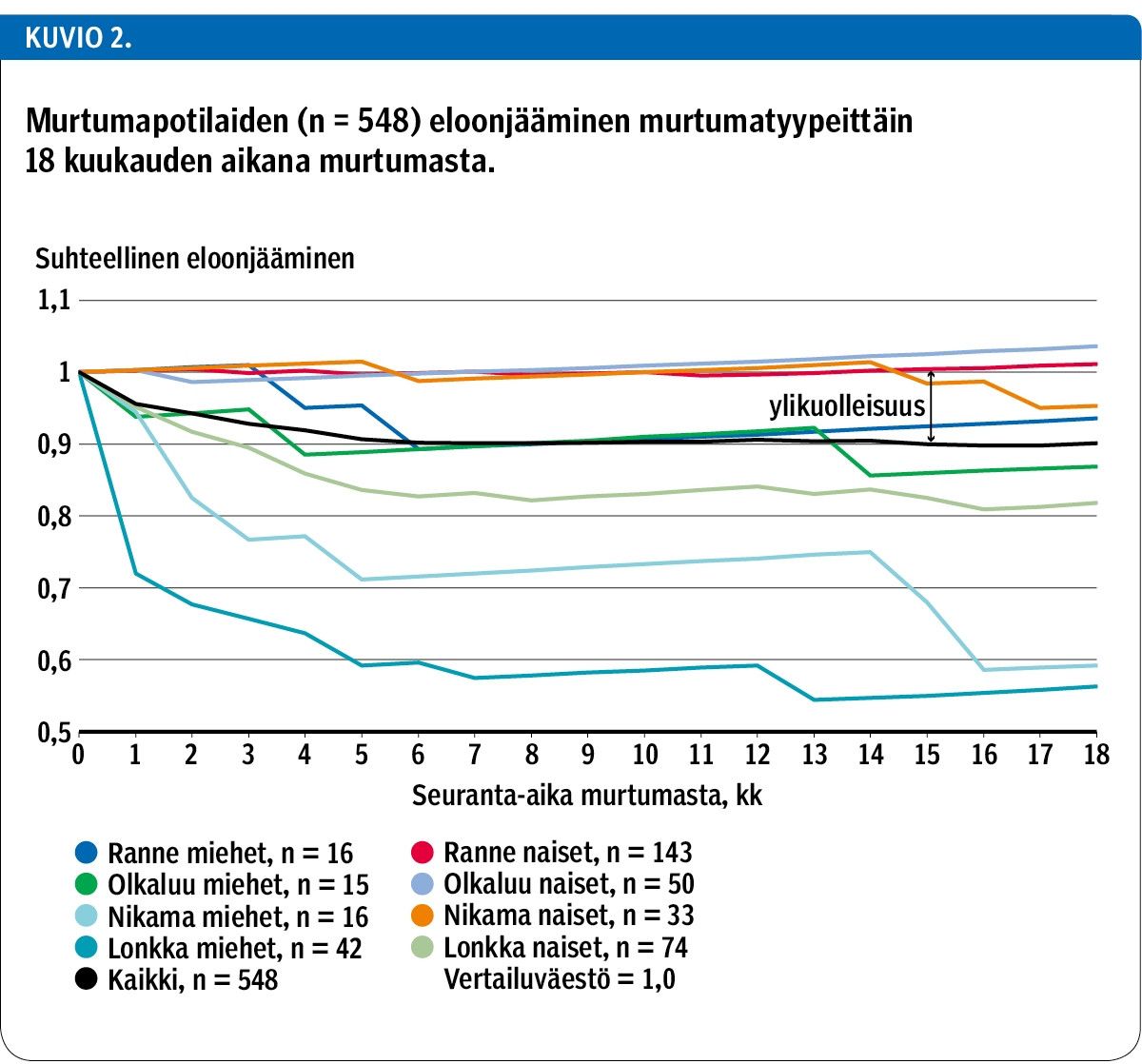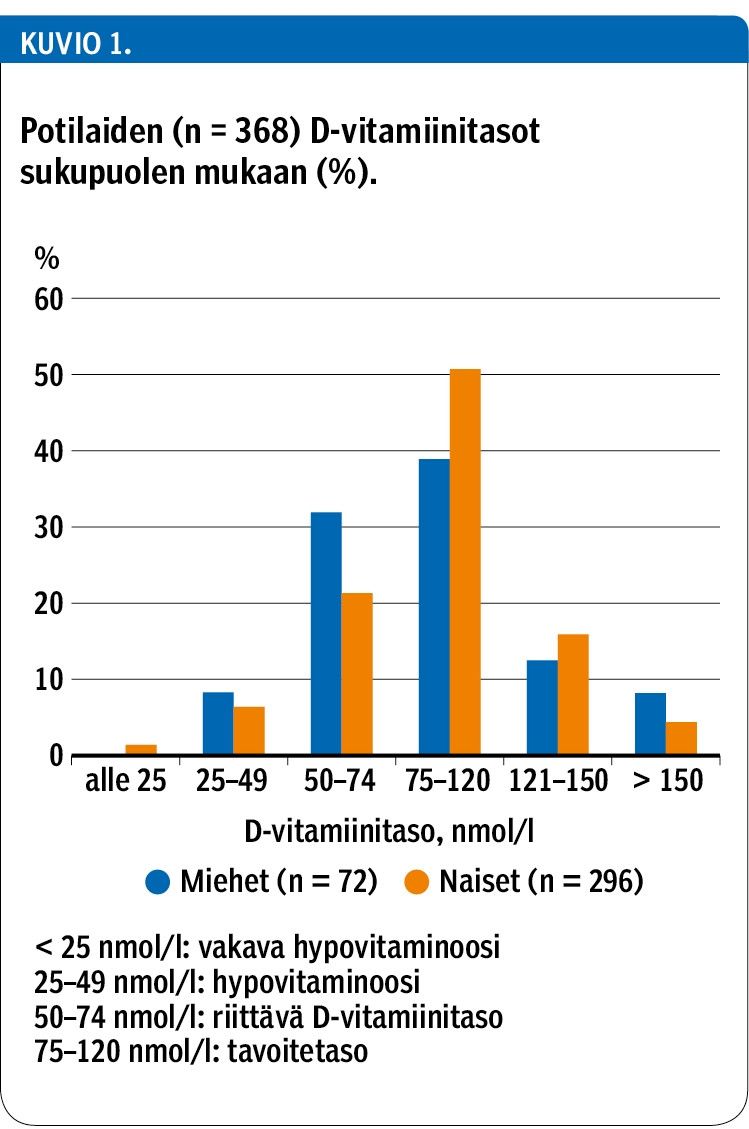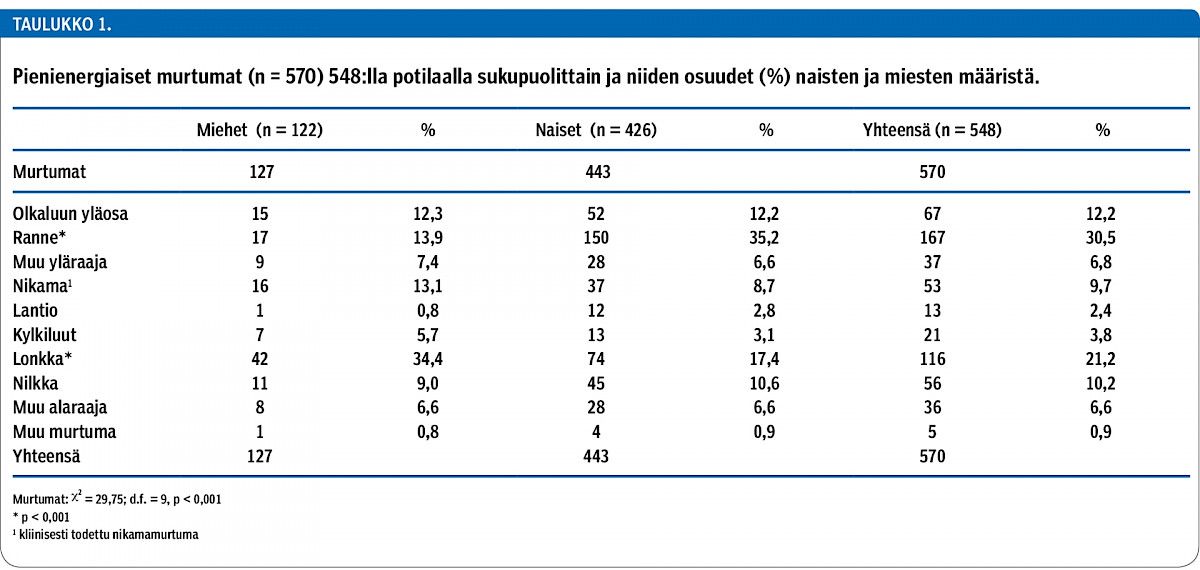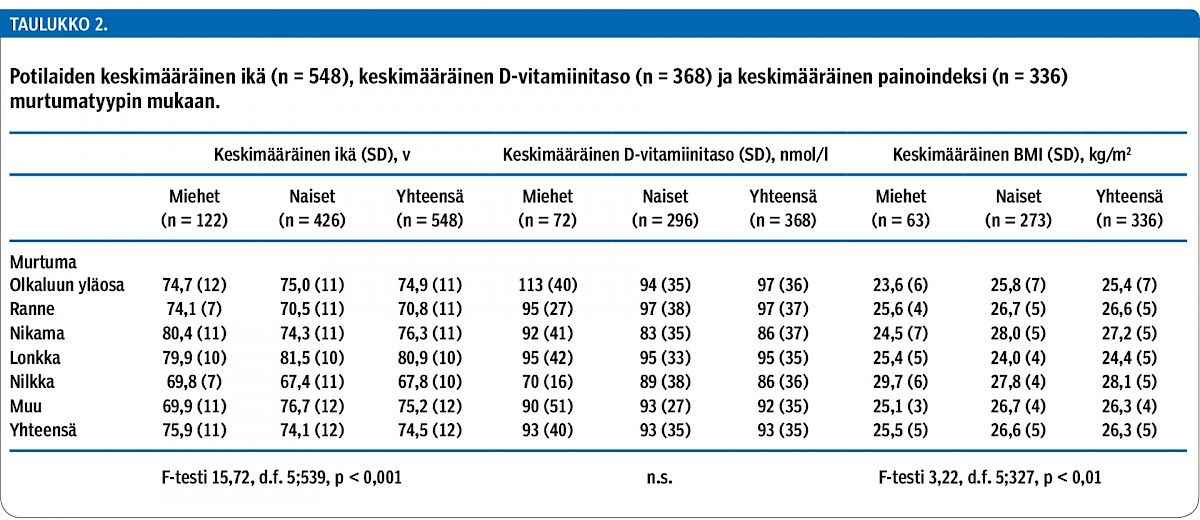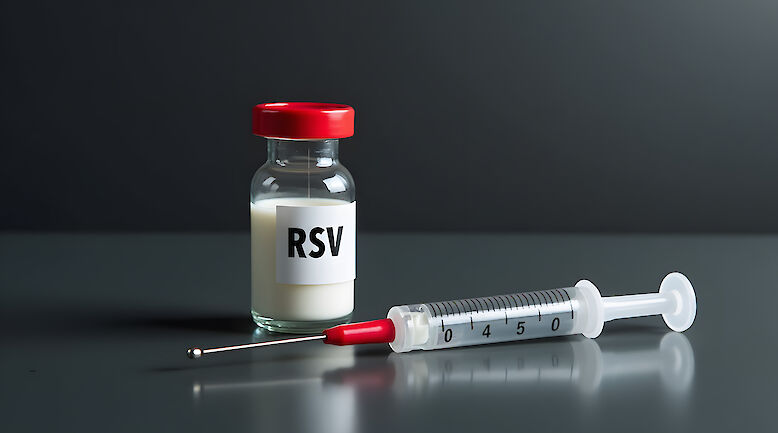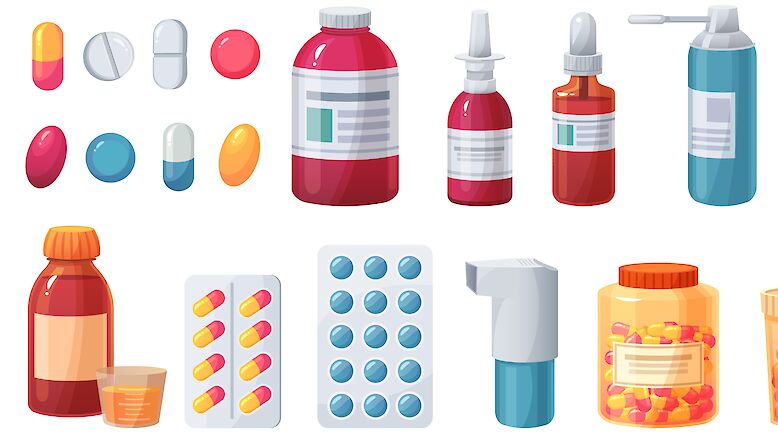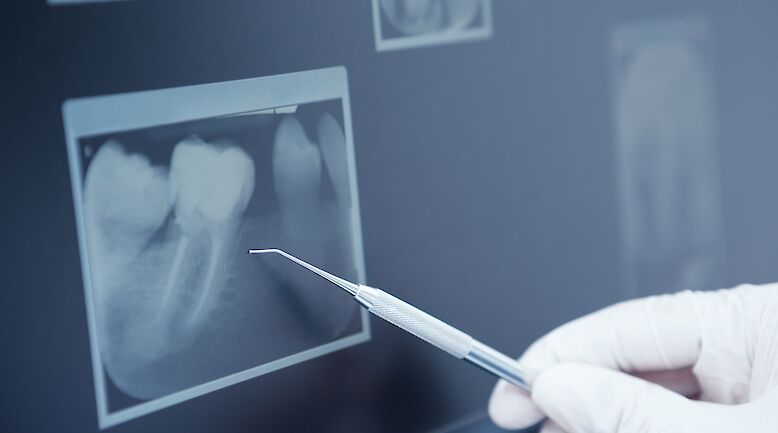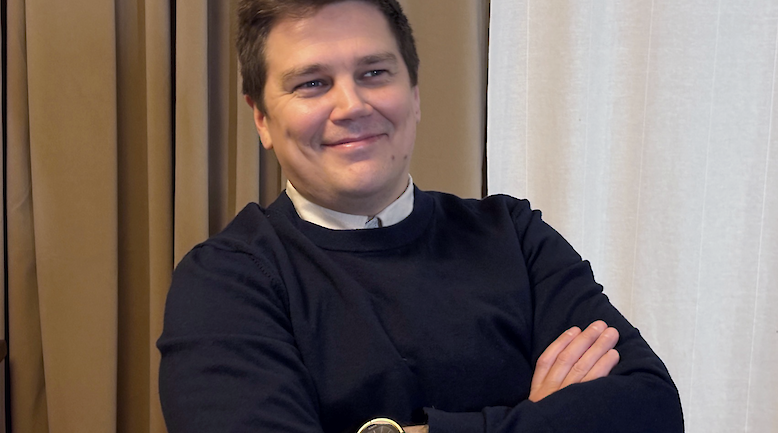Secondary fracture prevention in the city of Kouvola, Finland in 2015

Background
The incidence of low-energy fractures, that is fractures caused by a fall on the same level or by a fall from a maximum height of 1 m, increases with age. The Finnish national recommendation for secondary prevention of low-energy fractures has been formulated. Our aim was to analyze the one-year number of low-energy fractures and the secondary prevention undertaken in Kouvola, a city located in south-eastern Finland, and to evaluate the cost of secondary prevention for the organization in charge.
Methods
We report the data and treatment of all low-energy fractures in women aged over 45 years and men over 60 years treated in North Kymi Hospital, Kouvola (86,000 inhabitants), Finland in 2015. Patients were selected by fracture nurses according to the ICD-10 codes in the electronic patient records. All patients received a questionnaire on clinical risk factors. Laboratory testing and DXA scans were performed. The fracture risk assessment tool FRAX was used for major fractures (FRAXMajor) and for hip fracture (FRAXHip). Costs included DXA scans, laboratory tests and the salaries for fracture nurses and physicians.
Results
There were 548 patients (78% women) with 570 fractures. The mean age of men was 76 years (SD11) and of women 74 years (SD12) (n.s.). The response rate for the questionnaire was 73% (400/548). The mean S-25(OH)D level was 93 nmol/L. DXA measurements were assessed in 244 patients. Osteoporosis (T-score of ≤ −2.5 SD) was found in 32%. A high 10-year fracture probability (> 20%) (FRAX BMI and FRAX BMD) was found mainly in women. A total of 61% of patients took calcium plus vitamin D supplements and 27% took anti-osteoporotic medication. Of hip fracture patients 30% took anti-osteoporotic drugs and 47% calcium plus vitamin D supplements. The 4-month and one-year mortality was 9% and 13% among all patients and 24% and 30% among hip fracture patients. Post-fracture excess mortality was 10% among all fracture patients during the one year follow-up period. Excess mortality was highest (40%) among hip fracture patients. The total costs of secondary prevention were €85,600.
Conclusions
The response rate in this study was low (73%). The geriatric postoperative rehabilitation was not effective, the postoperative mortality being high (24%) at 4 months. According to the Finnish hip fracture guidelines all hip fracture patients who are not bedridden and regain their independence in mobility should use calcium plus vitamin D and anti-osteoporotic treatment. According to the results of this study the guidelines were not followed. The total costs of secondary prevention were remarkably low, corresponding to the yearly treatment costs of three hip fracture patients in Finland.
